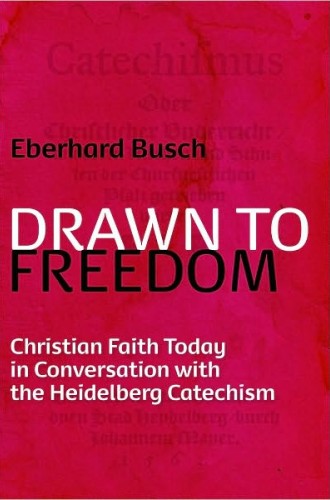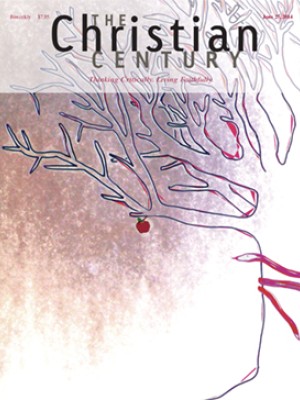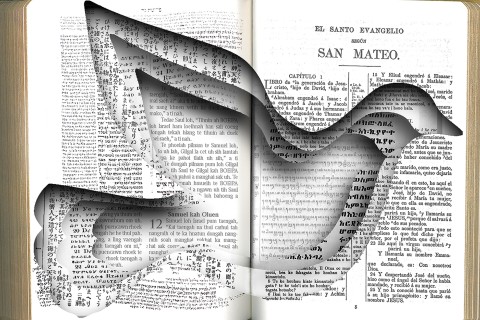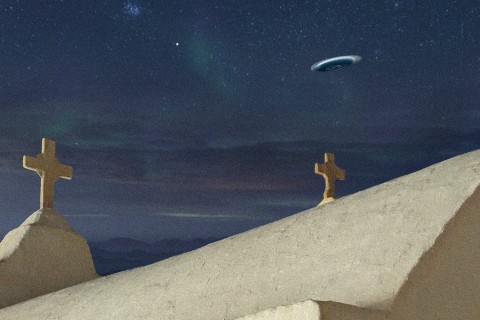Drawn to Freedom, by Eberhard Busch
Christian theology needs to rediscover its key figures from time to time, and the 200th anniversary of Søren Kierkegaard’s birth this past year provided such an occasion. Confessional documents too need to be continually rediscovered, as readers bring to them new questions and concerns. This past year also marked the 450th anniversary of the Heidelberg Catechism, which remains one of the best-known Reformation-era confessions. As Eberhard Busch notes, “A piece of work like this stays alive only as people think through its message in their own times.”
In his “conversation with the Heidelberg Catechism” Busch returns to its Question 32, “Why are you called a Christian?” and provides a contemporary answer. Drawn to Freedom is a translation of Busch’s 1998 book and retains the colloquial feel of the original, with its flashes of humor and frequent appeal to popular German proverbs, poems, and hymns.
Read our latest issue or browse back issues.
Busch was Karl Barth’s last assistant and is best known for his theological work on Barth, especially his large biographical volume culled from Barth’s letters and papers. Busch recently retired from his professorship in Reformed theology at the University of Göttingen in central Germany. Barth was the first person to hold that position, and he began his teaching career in the winter of 1921–1922 with lectures on the Heidelberg Catechism. So it is no surprise that Busch’s engagement with the catechism reflects some of the hallmarks of Barth’s theology: a repudiation of natural theology, suspicions about infant baptism, and a thoroughgoing Christocentrism. Readers of Barth’s Church Dogmatics will also recognize the leisurely, spiraling style of Busch’s exposition.
Drawn to Freedom is a long, free-wheeling conversation with the Heidelberg Catechism, with Busch sometimes using it for leverage against theological distortions in the contemporary church, and sometimes challenging the catechism’s assumptions or extrapolating well beyond it. The advice I give my students for reading Church Dogmatics is also applicable to Busch’s volume: maintain forward momentum rather than stopping to puzzle over a single sentence. If the point is important, it will appear again.
Like most Christian catechisms, the Heidelberg provides instruction on basic elements of the faith. These are fitted into a threefold structure, often memorized as “guilt, grace, and gratitude”: we are in misery because our sin has estranged us from God; in Christ, God graciously delivers us from this misery; the Spirit empowers us to claim this deliverance in lives of gratitude and good works. The Heidelberg Catechism was originally intended to build theological consensus between Lutheran and Reformed Christians in the Palatinate region, though over the centuries it has been claimed almost exclusively by Reformed Protestants. Busch’s engagement with the Heidelberg acknowledges these ecumenical origins; he cites Martin Luther almost as much as he does John Calvin.
Appeals to Luther undergird Busch’s main theme: the freedom of a Christian. Busch counters the contemporary Western notion of “independent freedom” with a theological alternative. On our own, we are in bondage to sin and alienated from God, but “for us and for our good God takes over doing what we cannot do.” Human freedom is rooted in the freedom of God to do away with the misery of sin through the work of Christ and to give us new life in the Spirit. Busch defends the atonement theology of the Heidelberg, with its portrayal of the cross as an atoning sacrifice that delivers humanity from divine judgment and wrath. To question the need for Christ to bear our sin is “sheer religious arrogance on the part of sinners intent on self-redemption.” True human freedom, Busch insists, is “obedient freedom, freedom in the covenant founded and maintained by God.”
In its very first question, “What is your only comfort in life and in death?” the Heidelberg Catechism sets a pastoral and personal tone. The ugliness of Reformation polemics is largely missing, except in Question and Answer 80, a later addition, in which the Roman Catholic mass is described as “a denial of the one sacrifice and suffering of Jesus Christ and a condemnable idolatry.” North American denominations that claim the Heidelberg Catechism as a confessional standard, such as the Christian Reformed Church, the Presbyterian Church (U.S.A.), and the Reformed Church of America, have in recent years distanced themselves theologically from this polemic, acknowledging that it is not an accurate reflection of Roman Catholic teaching and practice. Busch, who feels free to challenge the catechism at other points, strangely urges his readers to “join the Heidelberg in disputing the Roman view” of the eucharistic meal, regretting only the catechism’s uncharacteristically harsh tone. Here is certainly a place where what Busch elsewhere calls the “embarrassing narrowness” of the Heidelberg deserves widening out.
Liberationist, feminist, and ecological concerns have left only the faintest of traces on Busch’s reflections. For Busch, “the most burning wound in the ecumenical community of God” is the separation between church and synagogue. The German church’s collaboration with Nazism casts a long shadow over his theology. In a large extrapolation from the immediate concerns of the catechism, Busch gives a consistently positive account of Jews and Judaism, rejecting anti-Judaic stereotypes, upholding the centrality of the Old Testament witness for Christians, and insisting on God’s unwavering faithfulness to the Jewish people. For Christians living in Germany after the Shoah, this is what “freedom in the covenant” requires.
When Barth made a visit to the United States at the end of his life, he was asked what sort of theology he would write as an American theologian. His answer was “a theology of freedom.” For a nation awash in the rhetoric of freedom, Barth thought that what was needed was a reminder of the “one real freedom” of the gospel. Drawn to Freedom renews that invitation to North American readers.







